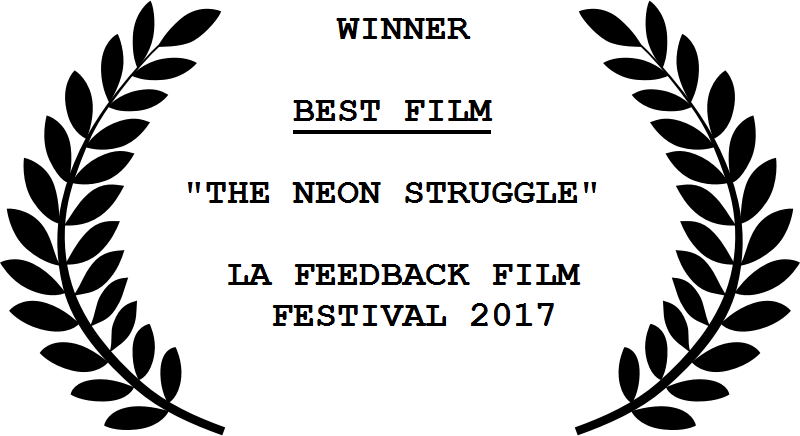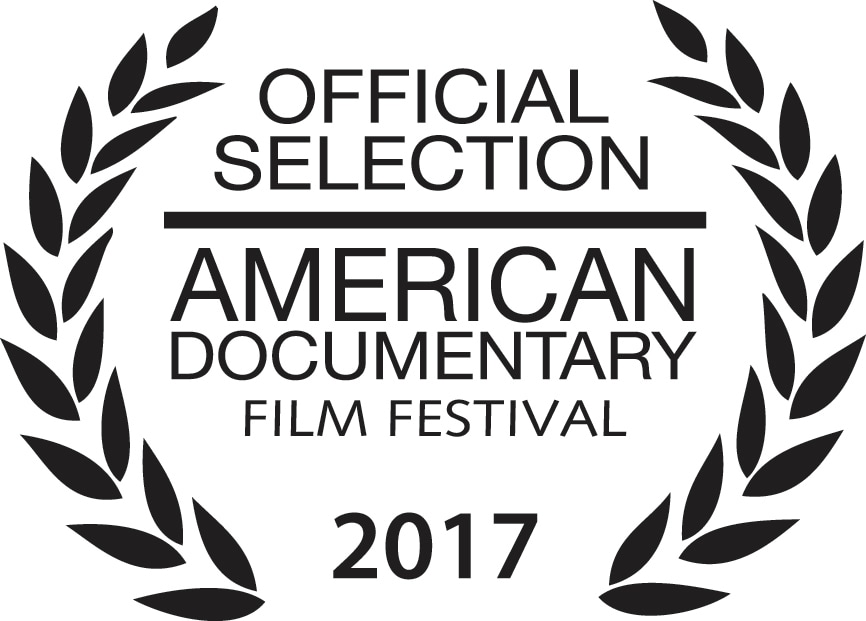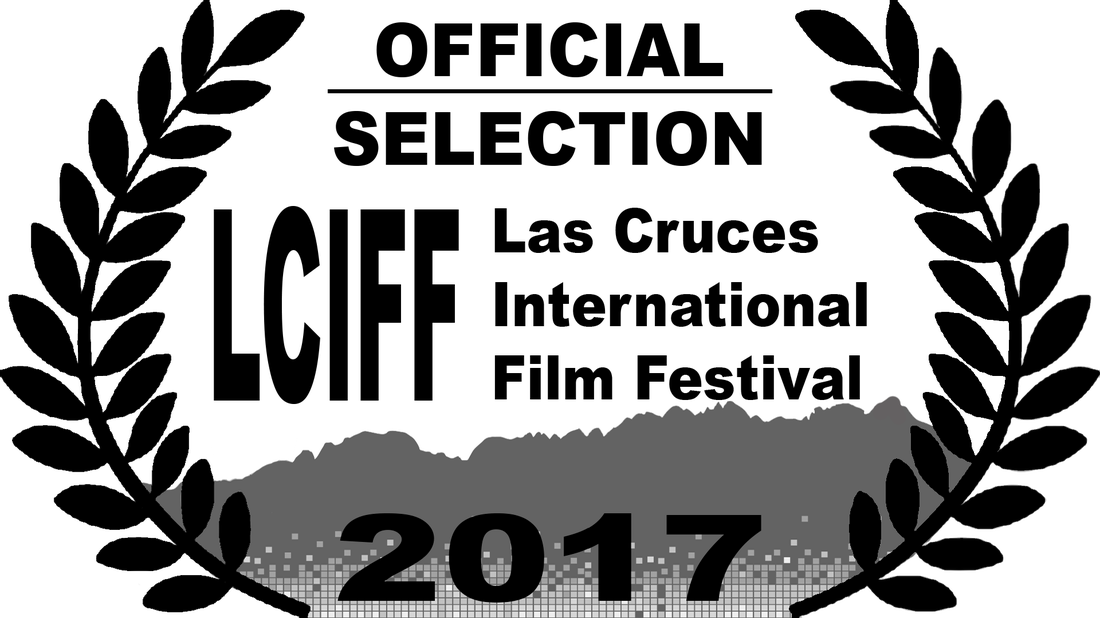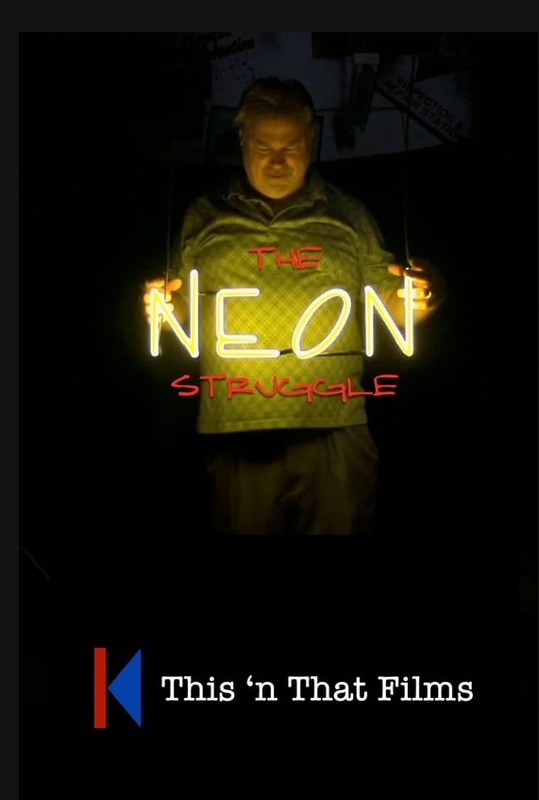The Neon Struggle with Director's Commentary! Watch below!
"This excellent new documentary on neon goes behind the signs to show the skill and devotion it takes to make them."
- Alan Hess, Architecture Critic and Historian
"...a story that needs to be told."
- Lisa Schulte, Neon Artist, Nights of Neon
"Long live neon. Bring on the next generation of tube benders - we need you!"
- San Diego Historic Neon
- Alan Hess, Architecture Critic and Historian
"...a story that needs to be told."
- Lisa Schulte, Neon Artist, Nights of Neon
"Long live neon. Bring on the next generation of tube benders - we need you!"
- San Diego Historic Neon
The Neon Struggle Trailer on YouTube
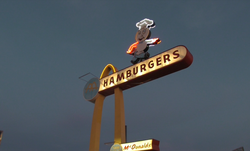 Vintage neon sign at the original McDonalds restaurant in Downey, California - 1954
Vintage neon sign at the original McDonalds restaurant in Downey, California - 1954
Rio works in a small sign shop in the Inland Empire in Southern California. His grandfather taught him how to heat and bend delicate glass tubes into the shapes of letters and symbols. Now that his father is retired, Rio runs the family business.
Business is slow and while he makes the occasional neon sign, he spends a lot of time repairing old signs - some that his grandfather made as early as 1940. Rio's son, who would have been the fourth generation of sign maker, has not learned the family trade. The work is difficult and there isn't enough to do. The neon industry has declined in the past decades, as newer, cheaper sign technologies are touted as better alternatives to business owners.
The brightly colored glass tube signs were first demonstrated at the Paris Motor Show in 1910. Neon literally exploded in popularity in the United States from the 1930's -1960's - suddenly shiny, glowing tubes were everywhere - bathing beauties dove into pools on motel signs, and giant cowboys pointed at truck stops. Route 66 - the Mother Road - lit the way West with neon illuminating everything from gas stations to motels and diners.
Las Vegas took neon to a new extreme with the Stardust Casino sign stretching almost a city block. Neon became part of the nation's architecture. Writers like Tom Wolfe wrote essays about neon signage and architecture critics like Alan Hess wrote a book about its impact on our built environment.
Business is slow and while he makes the occasional neon sign, he spends a lot of time repairing old signs - some that his grandfather made as early as 1940. Rio's son, who would have been the fourth generation of sign maker, has not learned the family trade. The work is difficult and there isn't enough to do. The neon industry has declined in the past decades, as newer, cheaper sign technologies are touted as better alternatives to business owners.
The brightly colored glass tube signs were first demonstrated at the Paris Motor Show in 1910. Neon literally exploded in popularity in the United States from the 1930's -1960's - suddenly shiny, glowing tubes were everywhere - bathing beauties dove into pools on motel signs, and giant cowboys pointed at truck stops. Route 66 - the Mother Road - lit the way West with neon illuminating everything from gas stations to motels and diners.
Las Vegas took neon to a new extreme with the Stardust Casino sign stretching almost a city block. Neon became part of the nation's architecture. Writers like Tom Wolfe wrote essays about neon signage and architecture critics like Alan Hess wrote a book about its impact on our built environment.
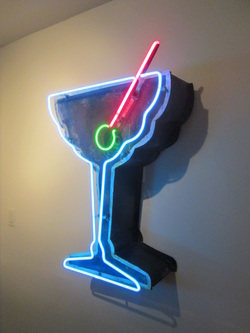 Vintage neon bar sign as art
Vintage neon bar sign as art
But, the craft of manufacturing neon signs for today's business is dying and signs are being replaced. The Neon Museum in Las Vegas is a boneyard of discarded signs from Las Vegas hotels as they are replaced by less expensive LED lights and Jumbotron screens. The Neon Museum of Art in Los Angeles has moved into new headquarters in Glendale and has a collection of Southern California signs. Neon aficionados in both locations have rescued signs from dumps and trash bins and a few have been carefully restored.
There is no national neon sign company and there are Rios and his wife and sons running their shops throughout the U.S. The Jumbotrons and mass produced LED's are choking the family business and the family is looking for a new way to survive.
Will the fourth generation of sign maker in this family learn how to bend glass tubes, or will the garish glow of LED win out?
"The art and craft of creating beautiful neon is almost lost."
- Alan Hess
There is no national neon sign company and there are Rios and his wife and sons running their shops throughout the U.S. The Jumbotrons and mass produced LED's are choking the family business and the family is looking for a new way to survive.
Will the fourth generation of sign maker in this family learn how to bend glass tubes, or will the garish glow of LED win out?
"The art and craft of creating beautiful neon is almost lost."
- Alan Hess
|
"But of course!--the feeling-out here at night, free, with the motor running and the adrenaline flowing, cruising in the neon glories of the new American night--it was very Heaven to be the first wave of the most extraordinary kids in the history of the world--only 15, 16, 17 years old, dressed in the haute couture of pink Oxford shirts, sharp pants, snaky half-inch belts, fast shoes--with all this Straight-8 and V-8 power underneath and all this neon glamour overhead, which somehow tied in with the technological superheroics of the jet, TV, atomic subs, ultrasonics--Postwar American suburbs--glorious world! and the hell with the intellectual bad-mouthers of America's tailfin civilization . . ." Excerpt from The Electric Kool-Aid Acid Test. ©1968, renewed 1996 by Tom Wolfe. |


